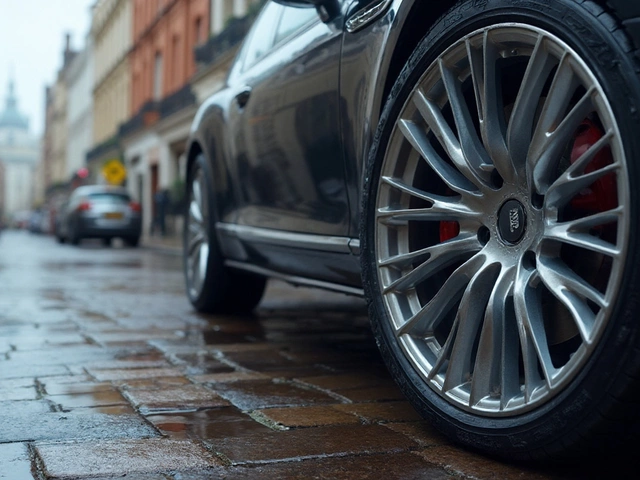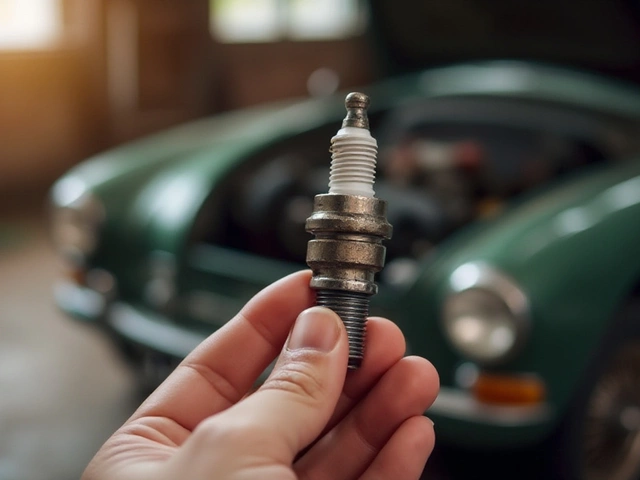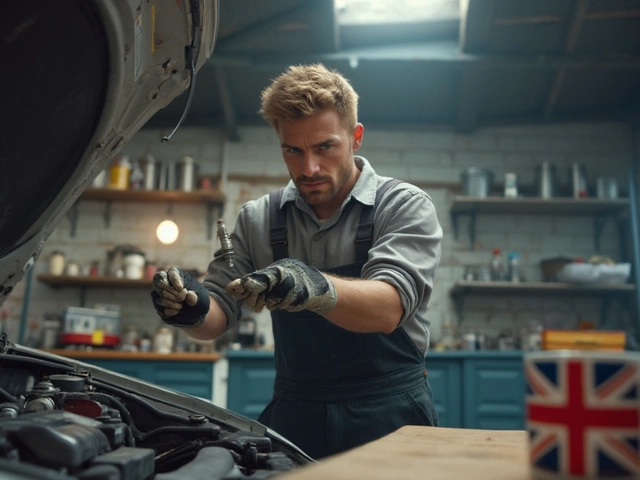Clutch Issues: What You Need to Know
If you drive a manual car, the clutch is the link between the engine and the wheels. When it starts acting up, you’ll feel it right away – weird noises, hard gear changes, or a slipping feeling. Ignoring these signs can turn a simple fix into a costly repair. Below we break down the most common clutch problems, how to recognise them, and what you can expect to pay at a reputable garage like Northwich Tyres Centre.
Spotting Common Clutch Symptoms
First up, the warning signs. A burning smell after a hard launch usually means the clutch plates are overheating. If the engine revs but the car doesn’t move, the clutch is slipping – you might notice the revs climbing faster than the speed increases. Sticking or grinding when you shift into first gear? That often points to a worn clutch disc or a badly adjusted release bearing. Finally, a soft or spongy pedal that sinks to the floor can indicate a hydraulic leak or a broken master cylinder.
Most of these clues appear gradually, but some, like a sudden burn odor, demand immediate attention. Keep an ear out for squealing or rattling when you press the pedal – that’s the throw‑out bearing speaking. A quick visual check of the fluid level in the clutch reservoir can also save you a trip; low fluid usually means a leak that needs fixing before the clutch fails completely.
How Much Does a Clutch Repair Cost?
Cost is a big question for many drivers. A simple clutch replacement at a local shop typically runs between £300 and £600, depending on the make of your car and whether you need a performance kit. If you opt for a Stage 2 clutch kit for extra power, the price can climb to £800‑£1,200 because of the upgraded plates and springs.
Labor makes up a big chunk of the bill. Replacing the clutch involves removing the transmission, which can take 3‑5 hours. Some garages offer a “clutch and flywheel” package that includes resurfacing the flywheel – a smart move if the flywheel shows uneven wear. At Northwich Tyres Centre, we’ll give you a clear quote before any work starts and explain whether a standard kit or an upgraded version fits your driving style and budget.
On top of the part price, don’t forget potential extra costs: fresh hydraulic fluid, a new clutch master cylinder, or a re‑aligned gearbox if the issue stemmed from mis‑adjustment. Many shops will throw in a free mileage check or a wheel alignment after the job, which helps keep the car balanced and prevents premature wear.
When you’re not sure whether to DIY or call a pro, think about the tools. Testing the clutch fluid pressure, removing the transmission, and swapping out the clutch plate are jobs that need a lift, precise torque settings, and a clean workspace. If you lack those, a visit to a qualified garage is safest.
At Northwich Tyres Centre we specialise in manual transmission care. Our team can diagnose the exact problem, advise on the right kit for everyday driving or track days, and get you back on the road quickly. We also offer a warranty on parts and labour, so you drive with peace of mind.
Bottom line: don’t wait for the clutch to go completely dead. Spot the symptoms early, get a transparent quote, and choose a trusted garage. A well‑maintained clutch not only saves you money but also gives you smoother shifts and a more enjoyable drive.
 19 March 2025
19 March 2025
Signs of a Bad Clutch: What to Watch For
Identifying a bad clutch can save you from costly repairs down the line. Whether it's a slipping clutch, strange noises, or a burning smell, these issues are often easier to diagnose than you think. Learn how to spot the early signs of clutch problems, the factors that contribute to clutch wear, and tips for extending your clutch's lifespan. This guide will help you better understand your vehicle's clutch and when it's time for a pro to step in.
Latest Posts
-

Do Alloy Rims Rust? The Truth About Alloy Wheel Corrosion and Maintenance
-

How to Identify and Fix Faulty Spark Plugs in Your Vehicle
-

How to Tell If a Spark Plug Is Good: Symptoms, Testing, and Expert Tips
-

Windscreen Wipers: What Brits Call Windshield Wipers and Why It Matters
-

Signs Your Fuel Pump is Failing: What to Watch For

0